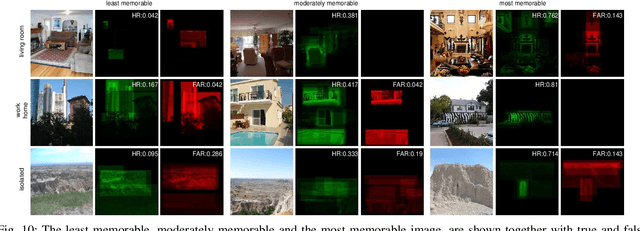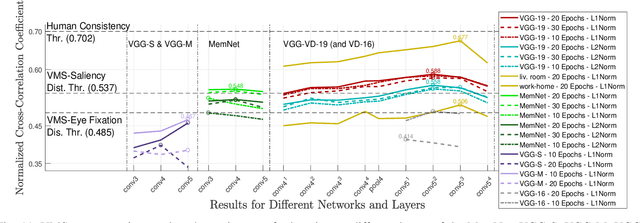Defining Image Memorability using the Visual Memory Schema
Paper and Code
Mar 05, 2019



Memorability of an image is a characteristic determined by the human observers' ability to remember images they have seen. Yet recent work on image memorability defines it as an intrinsic property that can be obtained independent of the observer. {The current study aims to enhance our understanding and prediction of image memorability, improving upon existing approaches by incorporating the properties of cumulative human annotations.} We propose a new concept called the Visual Memory Schema (VMS) referring to an organisation of image components human observers share when encoding and recognising images. The concept of VMS is operationalised by asking human observers to define memorable regions of images they were asked to remember during an episodic memory test. We then statistically assess the consistency of VMSs across observers for either correctly or incorrectly recognised images. The associations of the VMSs with eye fixations and saliency are analysed separately as well. Lastly, we adapt various deep learning architectures for the reconstruction and prediction of memorable regions in images and analyse the results when using transfer learning at the outputs of different convolutional network layers.
 Add to Chrome
Add to Chrome Add to Firefox
Add to Firefox Add to Edge
Add to Edge